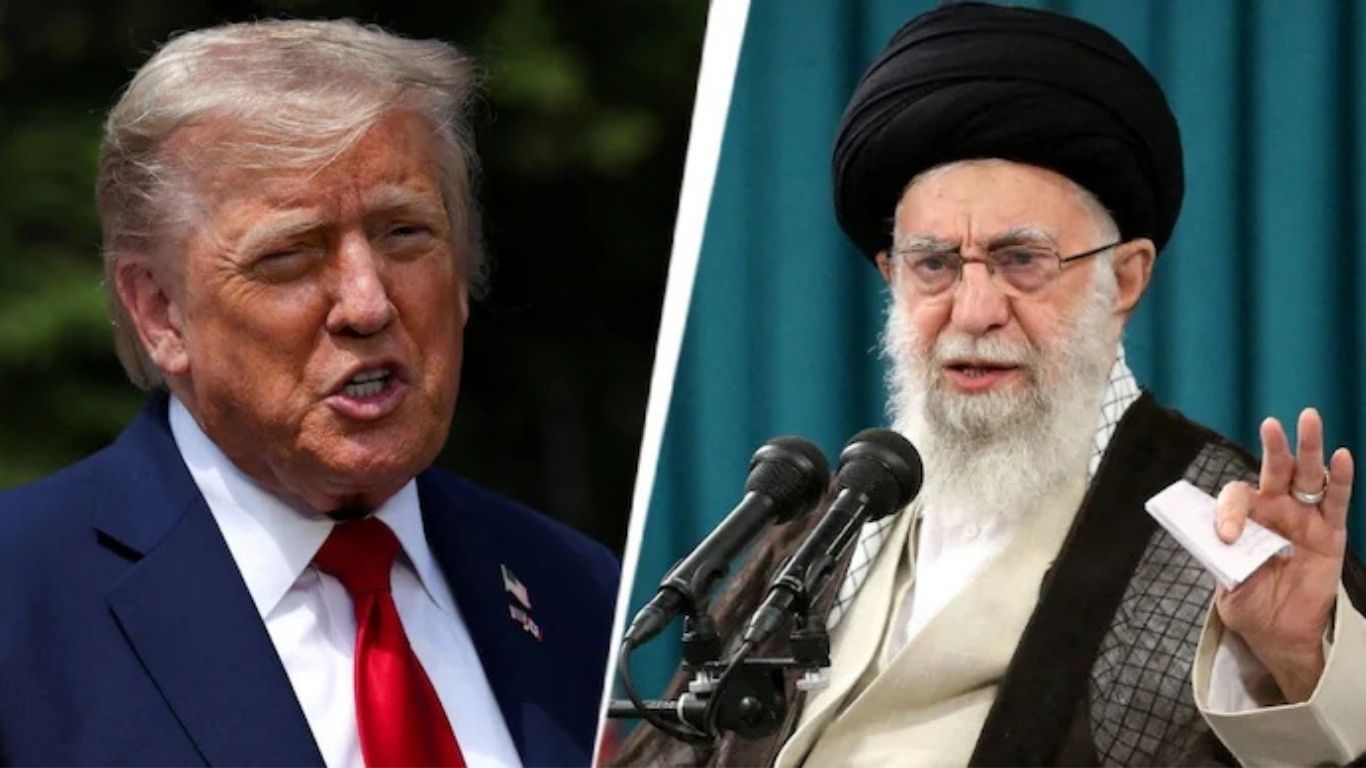The world in 2025 stands on a precarious edge. As wars erupt from Kashmir’s valleys to Tehran’s urban sprawl, South Asia finds itself more exposed than ever to the dangers of distant conflicts. For Bangladesh and its neighbors, the illusion of insulation from these crises has shattered. The region’s stability is now hostage to the tremors of war in Iran and the perennial volatility between India and Pakistan.
Iran and Pakistan: The Epicenters of Instability
Kashmir: A Spark in the Powder Keg
In early May 2025, South Asia witnessed its most intense India-Pakistan military confrontation in decades. The violence was triggered by a deadly terrorist attack in Kashmir, which India blamed on Pakistan-based militants. India responded with missile and air strikes Operation Sindoor targeting alleged militant infrastructure in Pakistan-administered Kashmir and Punjab. Pakistan retaliated with mortar shelling and drone attacks, escalating the conflict into a four-day exchange that brought both nuclear-armed states to the brink. The ceasefire, brokered with international intervention, remains fragile, underscoring how quickly the region can spiral into chaos.
Tehran: The Middle East Ignites
Barely a month later, the Middle East erupted. On June 13, Israel launched “Operation Rising Lion,” striking Iranian nuclear and military facilities in Tehran. Iran’s response, “Operation True Promise III” saw hypersonic missiles and drone swarms breach Israeli defenses, inflicting unprecedented civilian and military damage. The conflict drew in the United States and threatened to spill over into neighboring states, raising fears of a broader regional war.
How Iran’s War Reverberates in South Asia
Energy Shockwaves
South Asia’s dependence on Middle Eastern oil is profound. Iran sits astride the Strait of Hormuz, a chokepoint for nearly 20% of the world’s oil and LNG shipments. Any threat to this passage whether from Iranian retaliation or Western sanctions could send energy prices soaring. For countries like Bangladesh and Pakistan, which rely on Gulf oil, this means immediate spikes in fuel costs, inflation, and supply chain disruptions.
Pakistan, already grappling with fiscal challenges, faces the risk of severe energy shortages and deepening domestic unrest if Iranian exports are disrupted. Bangladesh’s fuel imports, which transit through Hormuz, are similarly vulnerable. Even a brief closure of the strait could halt shipments entirely, with cascading effects on transport, agriculture, and industry.
Economic Dominoes
The economic fallout is not limited to energy. Trade routes connecting South Asia to global markets pass through conflict zones. Insurance premiums on Gulf shipping have risen, while supply chain managers scramble to reroute cargo and secure alternative suppliers. Bangladesh’s garment and pharmaceutical exports could face delays if regional logistics are disrupted, threatening jobs and foreign exchange earnings.
Stock markets across South Asia have already felt the tremors. In Dhaka, the main index dropped sharply after the India-Pakistan dogfights, reflecting investor anxiety over regional instability. Prolonged conflict could deter foreign investment, disrupt remittances, and strain government budgets across the subcontinent.
Iran-Pakistan Dynamics: The Risk of Escalation
Strategic Alliances and Miscalculations
The Iran-Israel conflict has ripple effects for South Asia’s security calculus. Pakistan, with its deep ties to Iran and reliance on Gulf energy, finds itself in a precarious position. Any escalation that draws in Iran’s regional allies or disrupts the energy supply could force Pakistan into difficult diplomatic and security choices.
India’s growing alignment with Israel and the United States, particularly in defense and intelligence sharing, could be perceived by Iran and by extension, Pakistan as provocative. In a region already fraught with mistrust, such alignments risk fueling further polarization and miscalculation.
Nuclear Brinkmanship
A sobering lesson from the Iran-Israel war is the deterrent power of nuclear weapons. Iran, lacking a nuclear deterrent, was vulnerable to direct strikes. In contrast, both India and Pakistan possess nuclear arsenals, which may deter outright war but raise the stakes of any misstep. The normalization of airstrikes and drone warfare, as seen in Tehran, signals a more dangerous, less predictable security environment for South Asia.
Humanitarian and Social Consequences
Civilians are the first to suffer when distant wars hit home. Farmers in Kashmir, families in Tehran, and traders in Dhaka all face the prospect of disrupted livelihoods, higher prices, and deepening insecurity. The risk of refugee flows, food shortages, and humanitarian crises grows as conflicts drag on and economies falter.
Preparing for the Next Shock
Building Resilience, Not Rivalry
The lesson for South Asia is clear: peace without preparation is perilous. Governments must invest in energy diversification, strategic reserves, and resilient supply chains. Diplomatic engagement both within the region and with global powers is essential to prevent crises from escalating and to manage the economic aftershocks.
Regional Cooperation Is Key
No country in South Asia can weather these storms alone. Shared vulnerabilities demand collective action whether through joint energy projects, coordinated trade policies, or robust crisis communication channels. Only by working together can South Asian nations hope to shield their economies and societies from the fallout of distant wars.
Conclusion: The Distance Between Wars and Wallets Has Vanished
From Kashmir’s mountains to Tehran’s streets, the world’s flashpoints are now intimately connected to South Asia’s stability. The next missile launched in the Middle East could raise the price of rice in Dhaka or the cost of electricity in Karachi. For Bangladesh and its neighbors, the imperative is urgent: act early, build buffers, and turn hard-won warnings into concrete plans for resilience.
South Asia’s future depends not just on the absence of war, but on the presence of foresight, cooperation, and unwavering commitment to peace.




